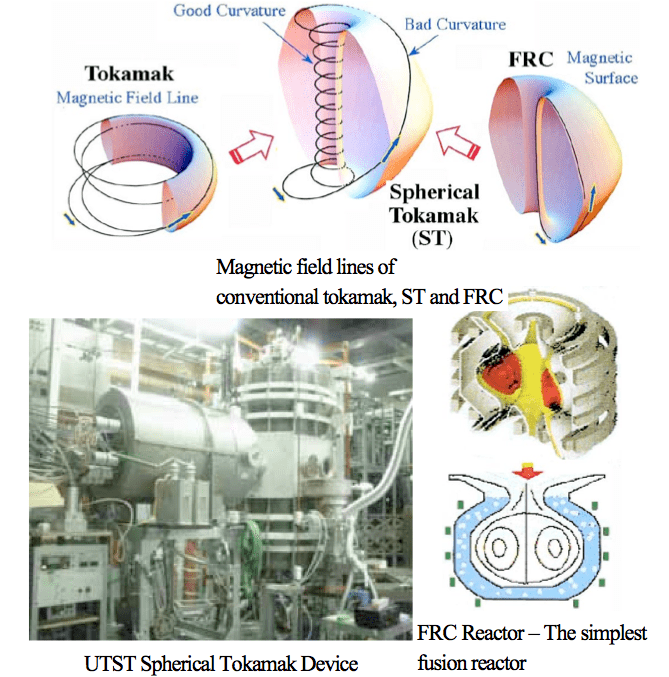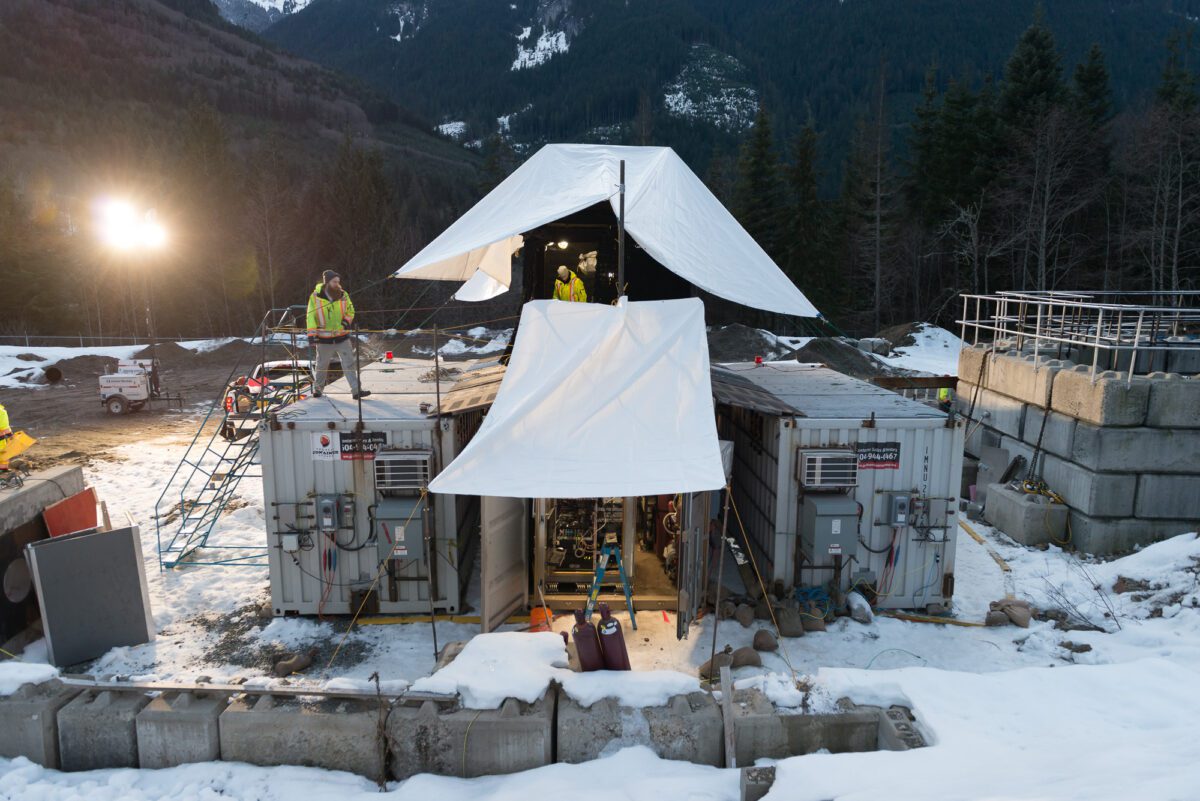General Fusion Spherical Tokamak Plasma Compression
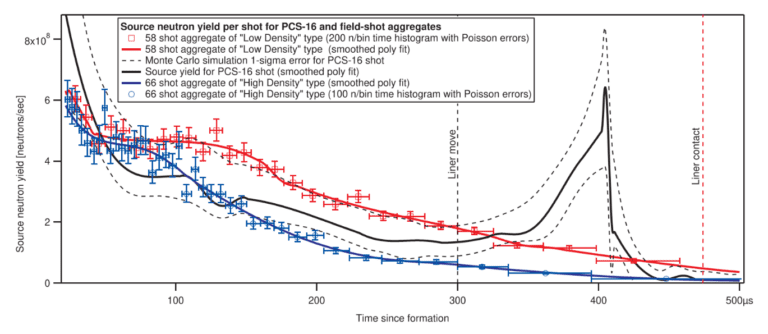
The pursuit of limitless, clean energy has long been a siren song, drawing scientists and engineers toward the elusive goal of controlled nuclear fusion. Recently, General Fusion, a British Columbia-based company, announced a significant milestone in its quest: achieving "First Plasma" in its full-scale fusion demonstrator, the Lawson Machine. This accomplishment signals a crucial step towards proving the viability of its unique Magnetized Target Fusion (MTF) approach, a development that could reshape the future of energy production.
At its core, General Fusion's approach differs significantly from more traditional tokamak designs like ITER. Instead of relying on massive superconducting magnets to confine plasma for extended periods, MTF uses a precisely orchestrated implosion of liquid metal to compress plasma to fusion conditions. The achievement of "First Plasma" in the Lawson Machine validates the engineering and operational principles behind this compression technique, paving the way for further experiments aimed at achieving net energy gain.
Understanding General Fusion's Magnetized Target Fusion
The nut graf of General Fusion's technology lies in its innovative use of liquid metal. The Lawson Machine, named after physicist John Lawson and his Lawson criterion for fusion, employs a rotating sphere filled with liquid lead-lithium.
This liquid metal acts as both a confinement vessel and a driver for the implosion. Specifically, pneumatically driven pistons create a vortex in the liquid metal, forming a cavity into which plasma is injected.
The synchronized firing of all pistons then compresses the cavity, squeezing the plasma to the extreme densities and temperatures required for fusion. This is where the "magnetized target" aspect comes in: the plasma is pre-magnetized to help confine it during the compression phase, reducing energy losses.
The Lawson Machine: A Step-by-Step Breakdown
Achieving "First Plasma" involved a carefully sequenced series of events within the Lawson Machine. First, the liquid metal vortex was successfully established, demonstrating the stability and controllability of the rotating lead-lithium.
Next, plasma was injected into the cavity formed within the vortex. Finally, the pistons were fired in a controlled manner, compressing the plasma to fusion-relevant parameters.
While detailed data on the plasma temperature, density, and confinement time are still being analyzed, the fact that plasma was successfully created and compressed within the machine is a major accomplishment.
Comparing MTF to Traditional Tokamaks
The mainstream approach to fusion energy, exemplified by projects like ITER, relies on tokamaks, which are doughnut-shaped devices that use powerful magnetic fields to confine plasma. Tokamaks are known for their high performance and stability, but they also face challenges related to size, cost, and complexity.
MTF offers a potentially more compact and cost-effective alternative. By using mechanical compression to achieve fusion conditions, it reduces the reliance on massive and expensive superconducting magnets.
However, MTF also presents its own set of challenges, including maintaining the stability of the liquid metal vortex and achieving sufficiently high compression ratios to achieve net energy gain.
Advantages of Magnetized Target Fusion
One of the primary advantages of MTF is its potential for lower capital costs. The absence of large superconducting magnets and the relatively smaller size of MTF devices compared to tokamaks could significantly reduce the overall cost of construction and operation.
MTF also offers the possibility of higher power densities. The rapid compression of the plasma could potentially lead to more efficient energy production compared to the sustained, lower-density plasmas in tokamaks.
Furthermore, the use of liquid metal as a confinement vessel and blanket offers benefits in terms of tritium breeding and heat removal, contributing to a more sustainable fusion fuel cycle.
The Road Ahead: Challenges and Opportunities
While the achievement of "First Plasma" is a significant milestone, General Fusion still faces considerable challenges on the path to commercial fusion energy. One of the biggest challenges is achieving net energy gain, meaning that the fusion reactions produce more energy than is required to initiate and sustain them.
This requires further optimization of the plasma compression process, improvements in plasma confinement, and mitigation of energy losses due to radiation and instability. General Fusion plans to continue experiments on the Lawson Machine to address these challenges and refine its MTF technology.
Further data collection and analysis are crucial to refining the MTF technology and addressing any unforeseen hurdles.
Potential Impact on the Energy Landscape
If General Fusion's MTF approach proves successful, it could have a transformative impact on the global energy landscape. Fusion energy offers the potential for a clean, sustainable, and virtually inexhaustible source of power, free from greenhouse gas emissions and long-lived radioactive waste.
The widespread adoption of fusion energy could significantly reduce our dependence on fossil fuels and mitigate the impacts of climate change. The success of MTF could also accelerate the development of fusion energy by providing a more accessible and cost-effective pathway to commercialization.
The pursuit of alternative energy sources is growing and essential. The demand for alternatives to fossil fuels is continually increasing.
Conclusion
General Fusion's achievement of "First Plasma" in the Lawson Machine represents a significant step forward in the quest for commercially viable fusion energy. While challenges remain, the unique MTF approach offers a promising alternative to traditional tokamak designs. This advancement adds momentum to the global fusion effort, highlighting the diverse and innovative approaches being explored to unlock the potential of this revolutionary energy source.
Looking ahead, the next phase of experiments on the Lawson Machine will be crucial in demonstrating the scalability and economic viability of MTF. If successful, General Fusion could play a pivotal role in shaping the future of energy, providing a clean, sustainable, and abundant power source for generations to come.
The company's progress underscores the continued importance of investing in fusion research and development, as the potential rewards are immense. It is a long-term commitment and a risk to the global energy future.
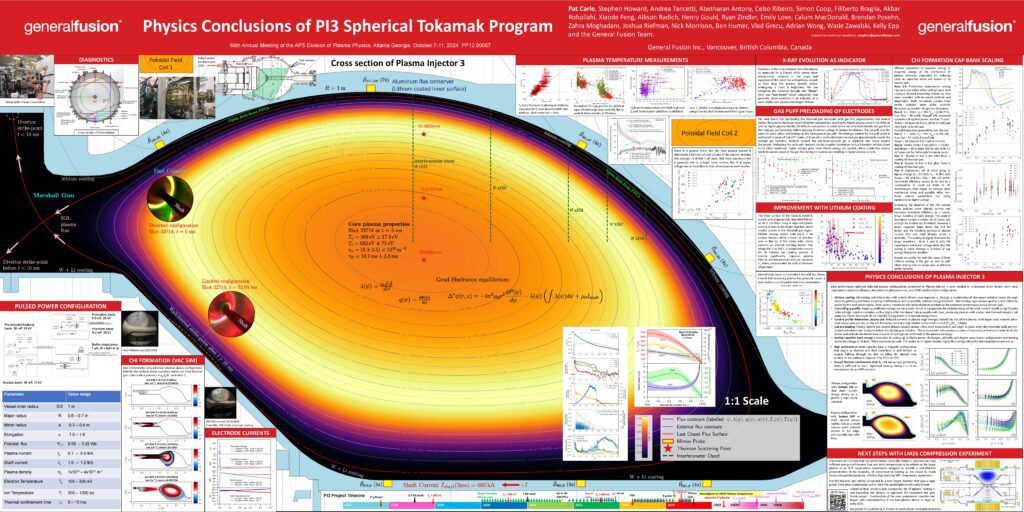
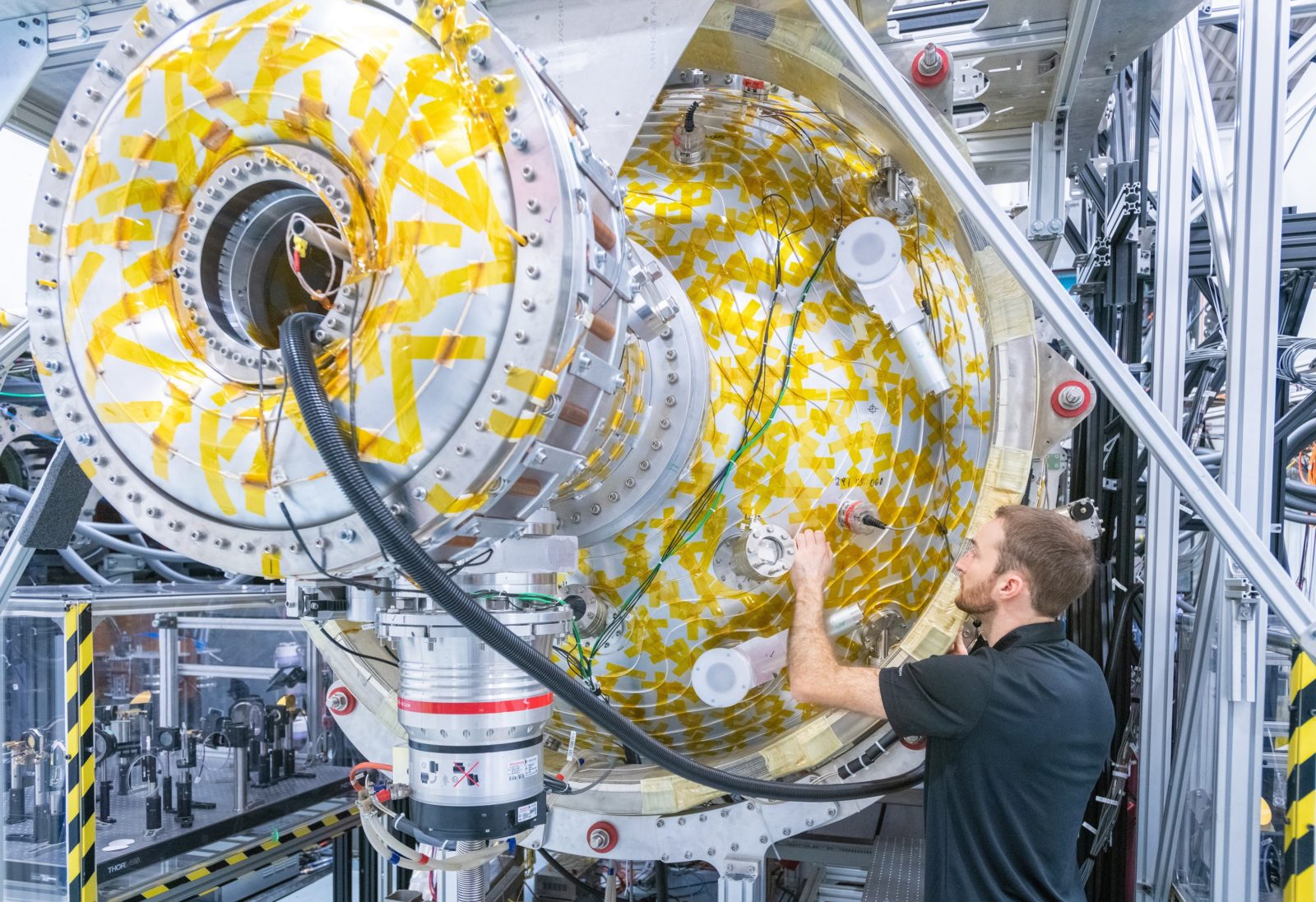
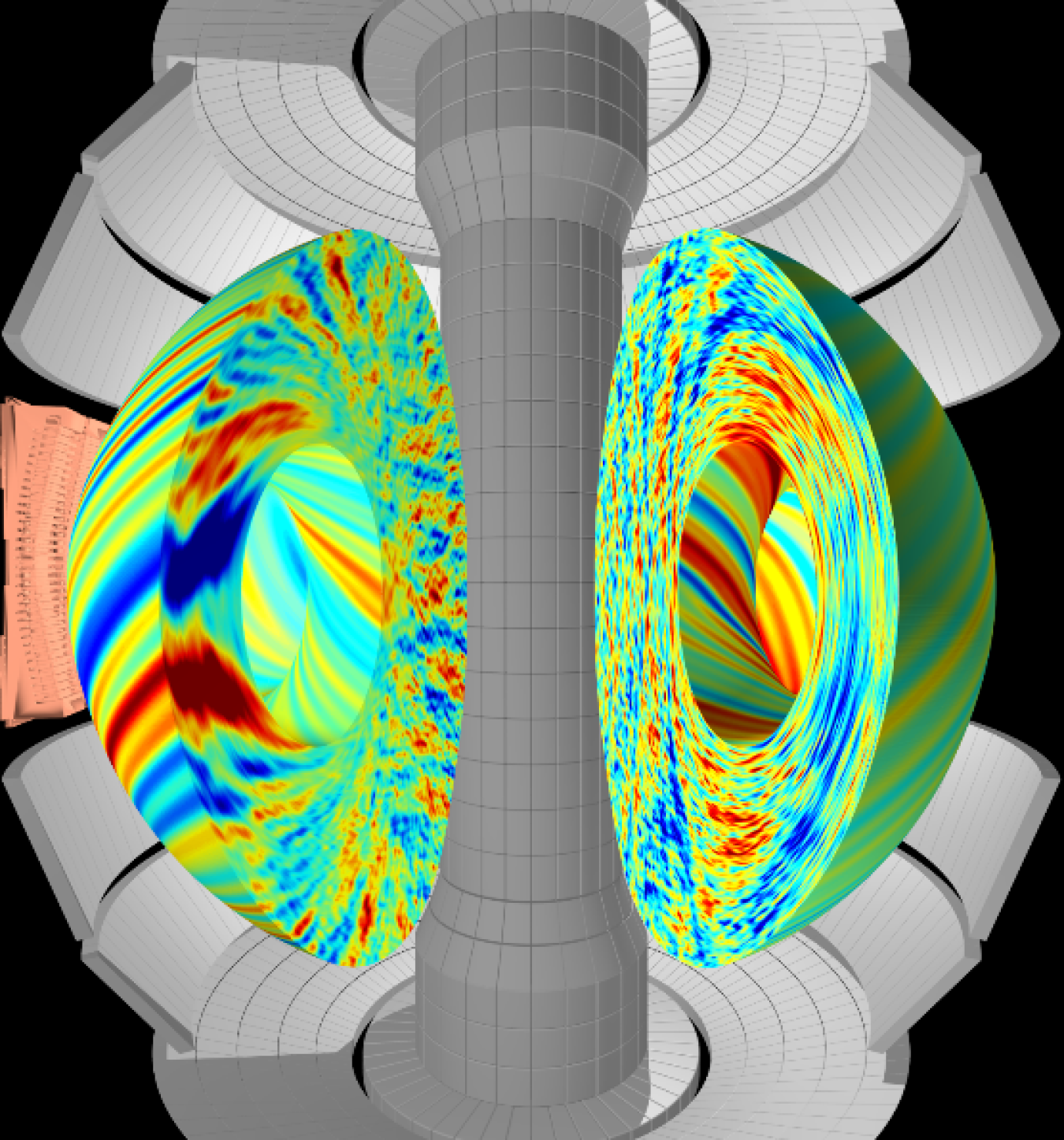
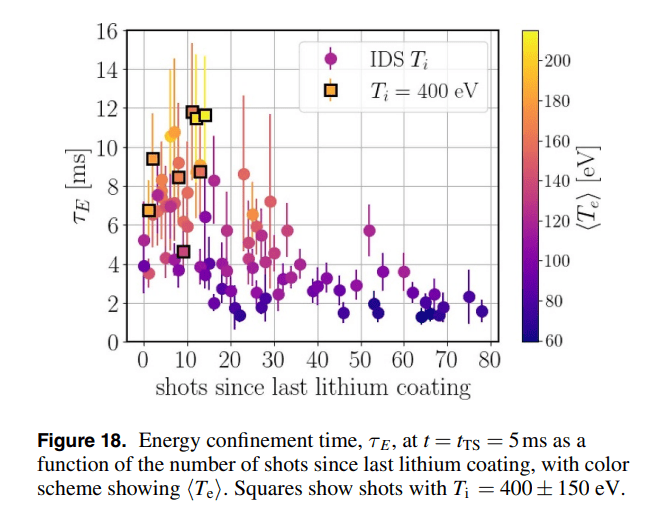
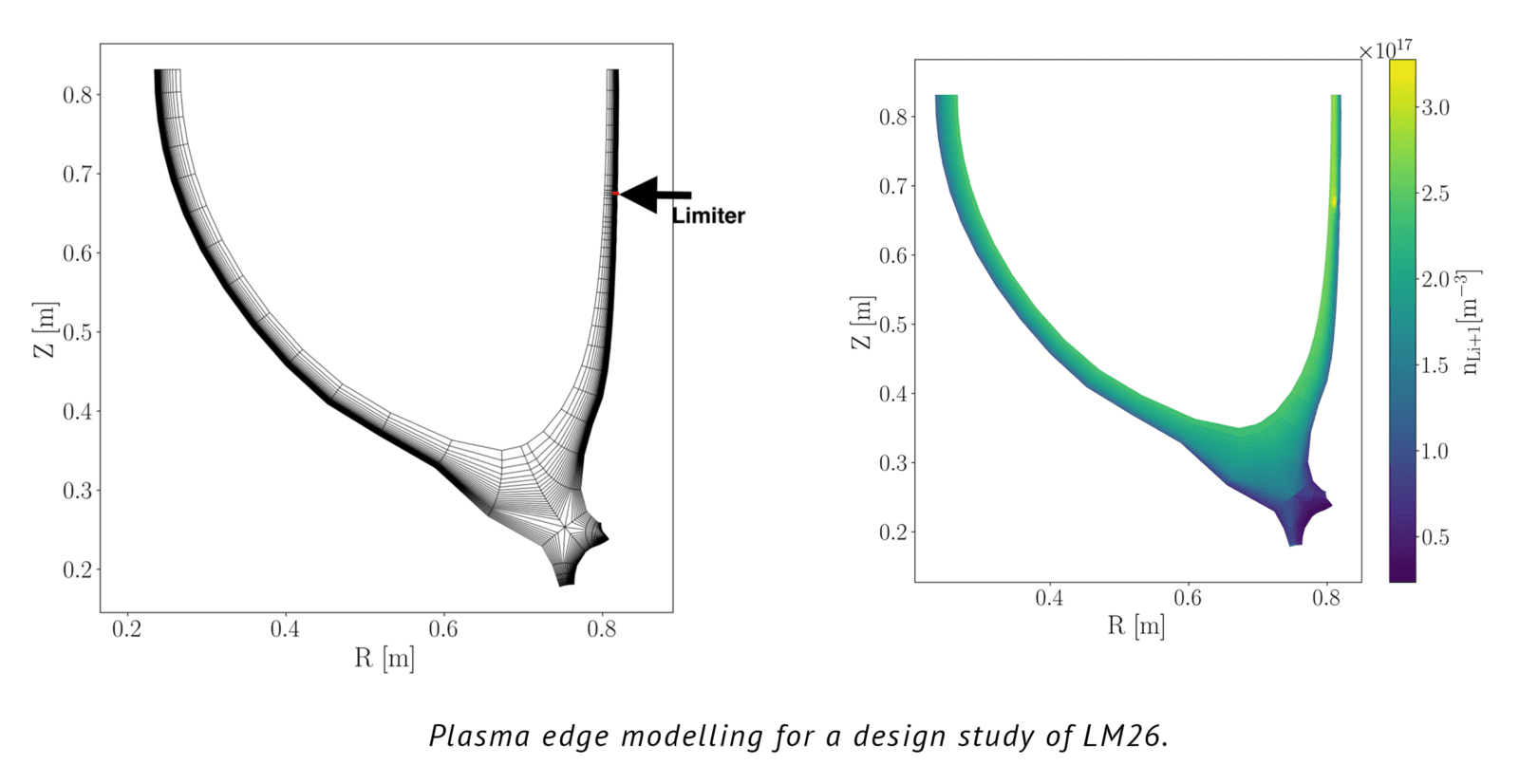
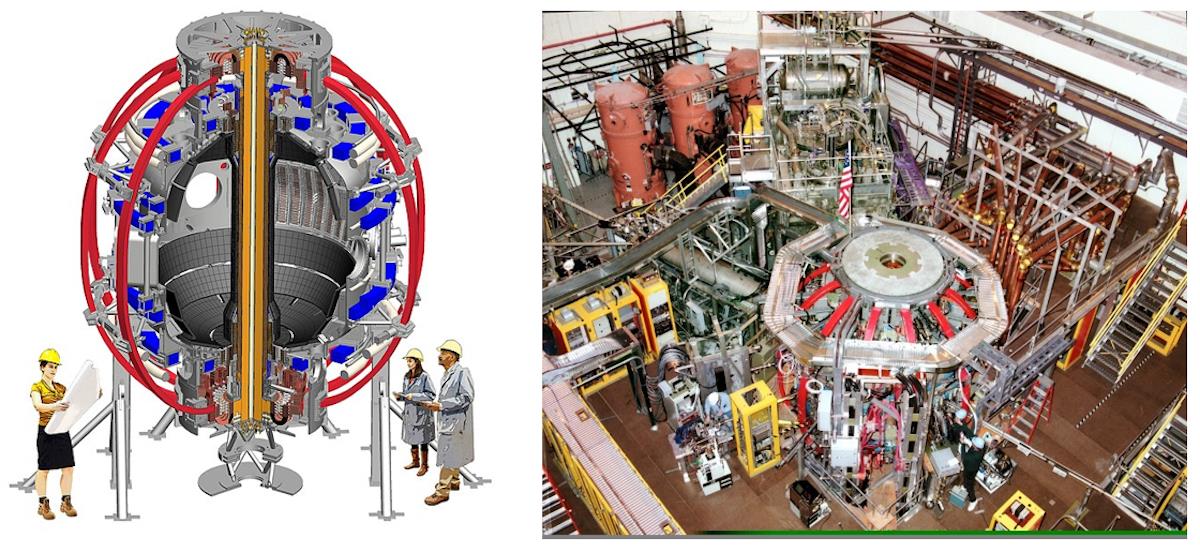


![General Fusion Spherical Tokamak Plasma Compression [PPT] - Spherical Tokamak Plasma Science Comp-X General Atomics INEL](https://c.sambuz.com/54796/spherical-tokamak-plasma-science-l.jpg)
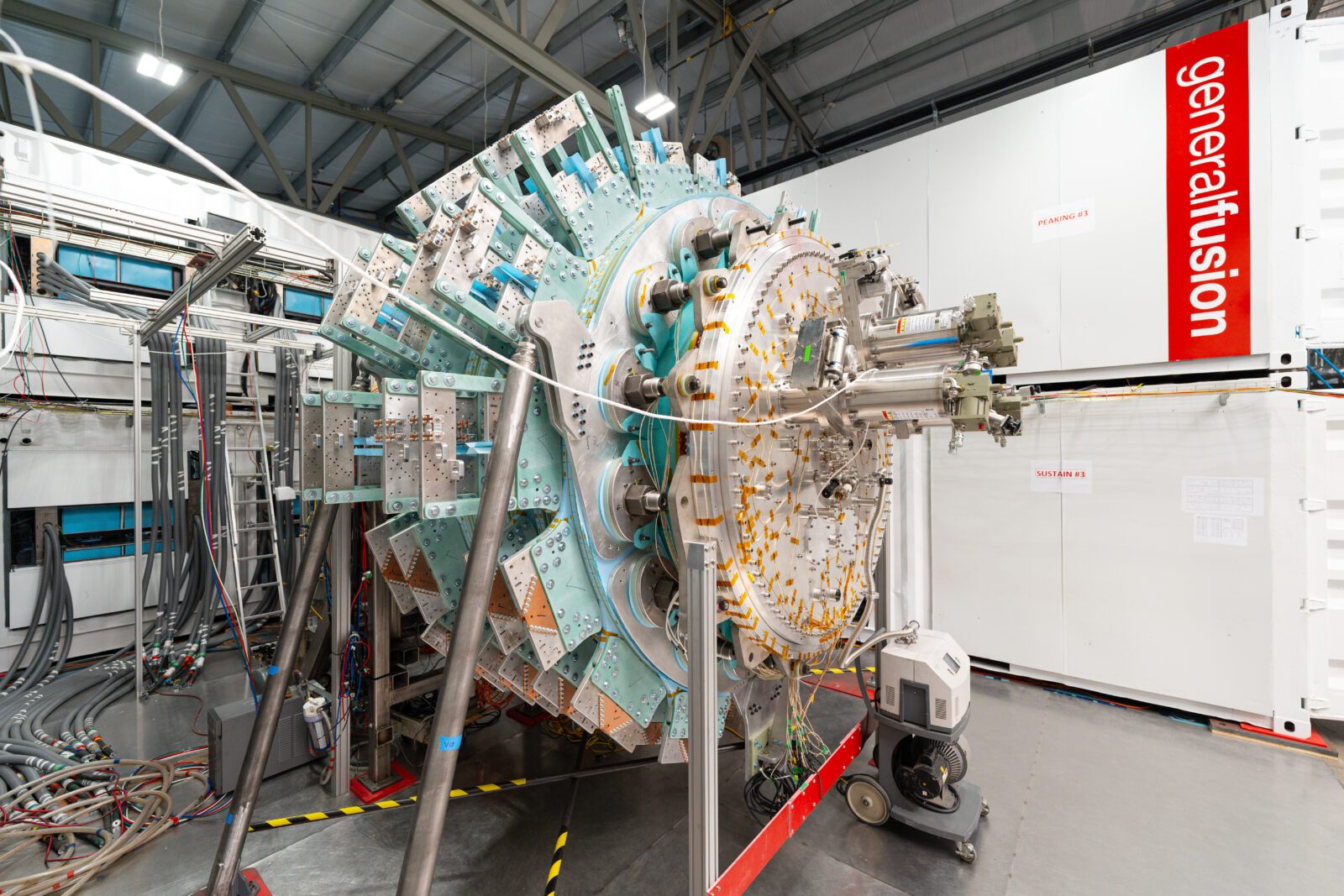

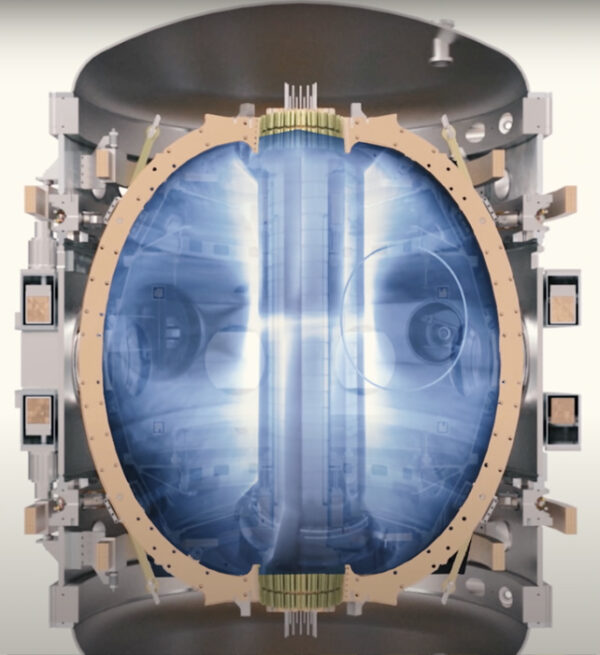
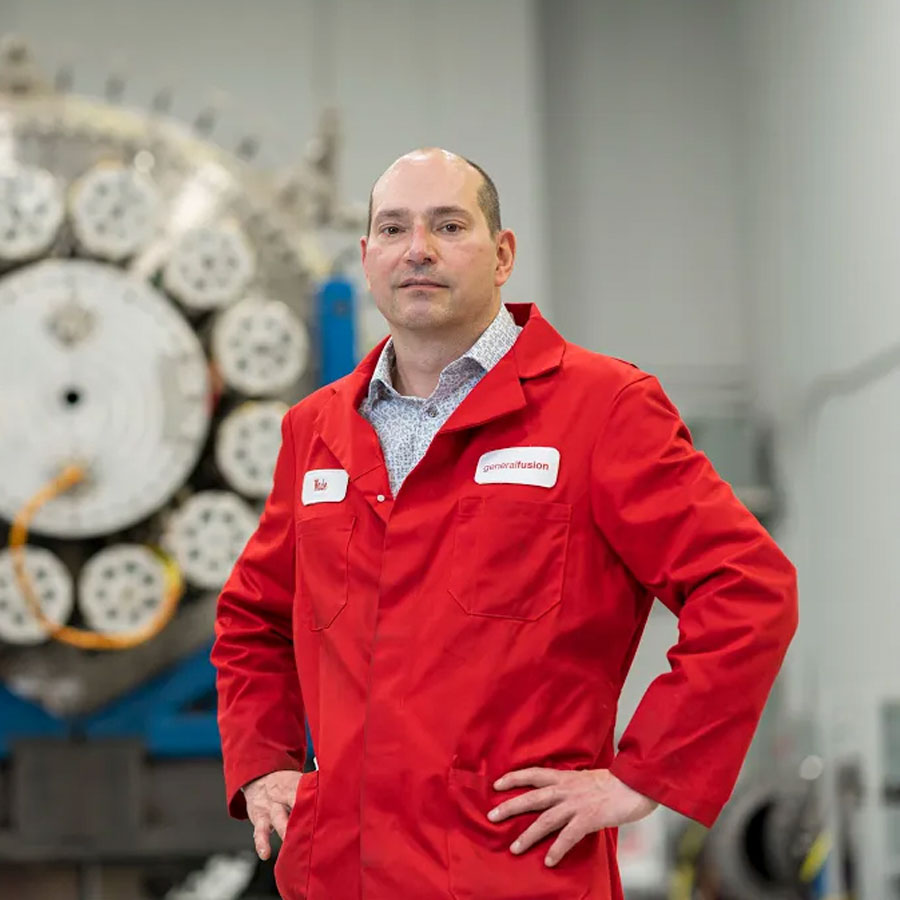
_32432.jpg)
